Some of the things we think about when designing personalized learning curriculum. What else do you think about? ~Mia
Get Started for FREE
Sign up with Facebook Sign up with X
I don't have a Facebook or a X account
 Your new post is loading... Your new post is loading...
 Your new post is loading... Your new post is loading...

Henrietta Marcella Paz-Amor's curator insight,
June 17, 2014 11:15 AM
What are the characteristics of an effective learning environment? Read on...
Ruby Day's curator insight,
June 18, 2014 3:24 PM
These criteria really outline some solid principles that should direct our planning and thus be evident in our learning environments. Principles such as: student enquiry, work readiness, personalised learning, flexibility, authentic and transparent assessment. I like the focus on critical thinking here :) 
Sue Alexander's curator insight,
June 21, 2014 5:02 PM
Great scoop Beth. I love the goal of "intellectually active" classrooms.

Fran Ros's curator insight,
September 13, 2014 10:35 AM
`` La cultura es la transmission de comportamiento del tanto Como Una fuente Dinámica de Cambio, Creatividad y libertad, Que abre Posibilidades de Innovación. Para Los Grupos y Las Sociedades, la cultura es Energía, Inspiración empoderamiento y, al Mismo Tiempo Que Conocimiento y Reconocimiento de la diversidad''. Javier Pérez de Cuellar
Desde this visión, la cultura Juega Papel fundamental de las Naciones Unidas en la Educación y es im

niftyjock's curator insight,
January 8, 2014 4:18 PM
Would role-plays fit into Performance Assessment?

Jennifer McGuff's curator insight,
August 1, 2015 5:26 PM
By pairing personalized learning and technology, a teacher can help students learn what they need to learn through the topics that interest them most. |

Tony Guzman's curator insight,
September 4, 2014 9:43 AM
Some great tools to consider for your classroom. 
Rosemary Tyrrell, Ed.D.'s curator insight,
September 4, 2014 4:20 PM
A useful list of top quality resources. |



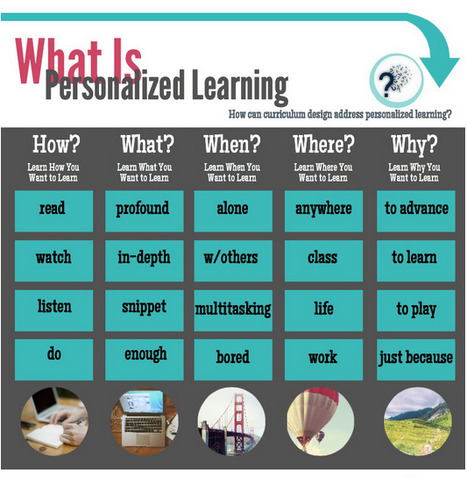

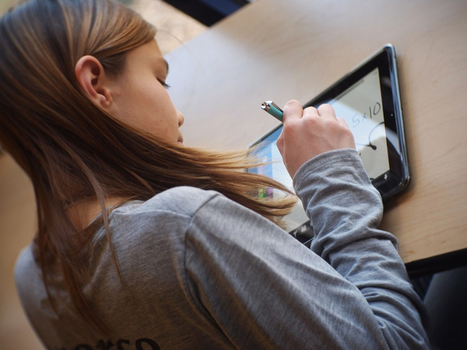

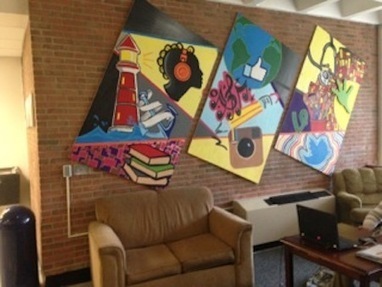
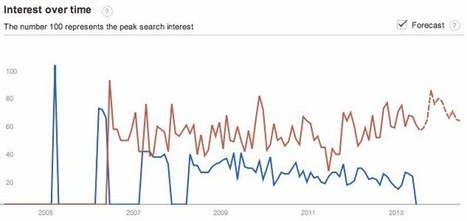


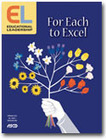



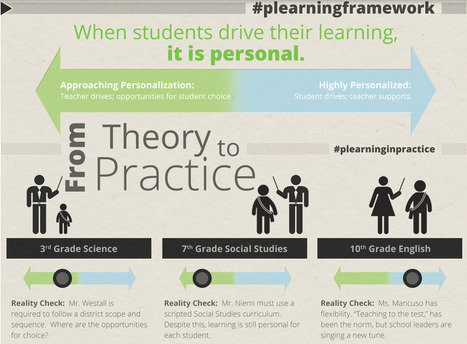
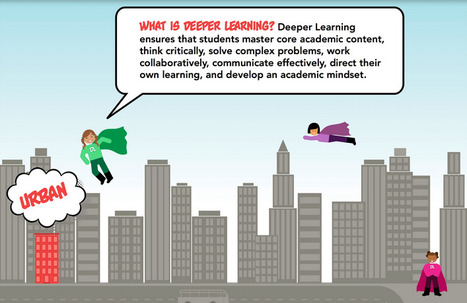
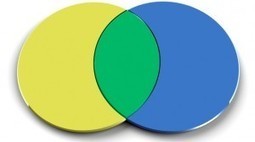

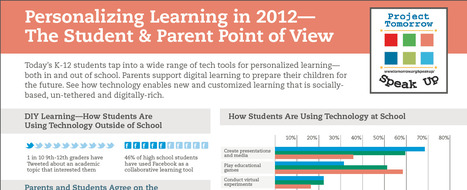





A matrix to help consider and design learning resources for more personalised learning.